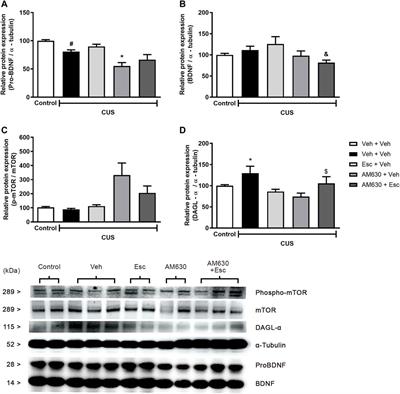EDITORIAL
Published on 07 Oct 2022
Editorial: Therapeutic potential of the cannabinoid CB2 receptor
doi 10.3389/fphar.2022.1039564
- 2,511 views
- 5 citations
17k
Total downloads
58k
Total views and downloads
EDITORIAL
Published on 07 Oct 2022
ORIGINAL RESEARCH
Published on 27 Apr 2022

ORIGINAL RESEARCH
Published on 21 Apr 2022

ORIGINAL RESEARCH
Published on 22 Mar 2022

ORIGINAL RESEARCH
Published on 28 Feb 2022

PERSPECTIVE
Published on 22 Feb 2022

MINI REVIEW
Published on 16 Feb 2022

REVIEW
Published on 04 Feb 2022

ORIGINAL RESEARCH
Published on 03 Feb 2022

ORIGINAL RESEARCH
Published on 21 Jan 2022

REVIEW
Published on 18 Jan 2022

ORIGINAL RESEARCH
Published on 09 Sep 2021
